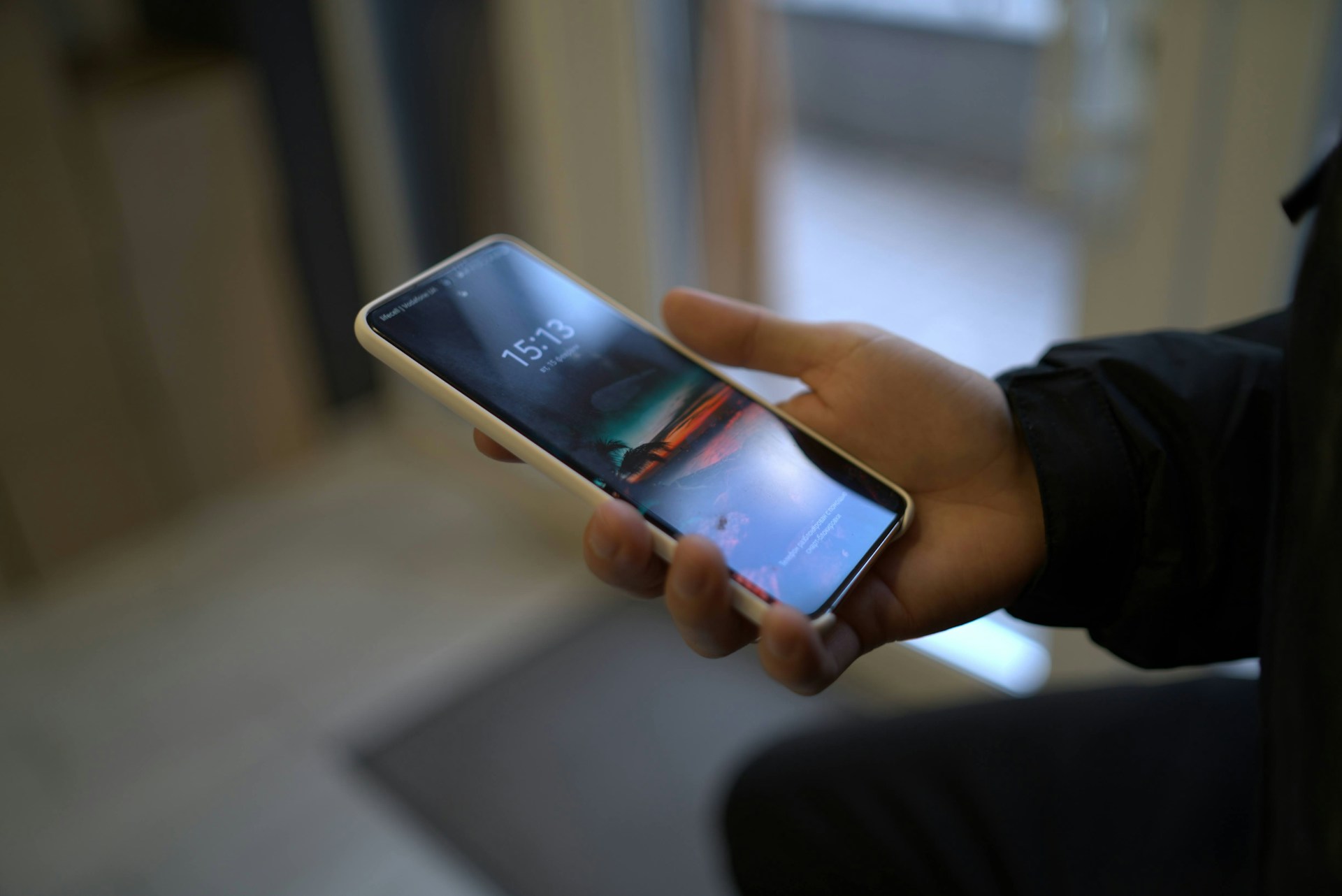Samsung has officially launched the Galaxy S24, the latest entry in its flagship lineup, and it’s time to examine how it stacks up against its predecessor, the Galaxy S23. While both phones look similar at first glance, a closer inspection reveals a range of thoughtful upgrades that might just make the S24 a worthy upgrade for many users.
Refined Design and Build
At a glance, the Galaxy S24 retains the familiar sleek design of the Galaxy S23, but there are subtle yet meaningful changes. One of the most noticeable design tweaks is the flatter sides of the S24, which give it a slightly more modern, angular feel — not unlike the iPhone. This change enhances the phone’s grip and gives it a more substantial feel in hand.
Despite a marginally larger screen, the physical dimensions of the Galaxy S24 have barely changed. The device remains compact and comfortable for one-handed use — a rarity in today’s smartphone market. It also continues to offer an IP68 rating for dust and water resistance and maintains the USB-C port at the bottom.
Samsung has reinforced the build quality of the S24 with an upgraded Armor Aluminum frame, which is tougher than the aluminum used in the S23. Additionally, the new matte finish helps resist fingerprints and adds a more premium look. The gap between the frame and rear panel is now virtually invisible, reflecting Samsung’s push for tighter tolerances in manufacturing.
The S24 is available in four colors: Onyx Black, Marble Gray, Cobalt Violet, and Amber Yellow.
Display Improvements
The Galaxy S24 features a slightly larger 6.17-inch display (rounded to 6.2 inches), up from 6.1 inches on the Galaxy S23. Both phones offer a Full HD+ resolution of 1080p, which, while not as sharp as the QHD+ screens on the S24 Plus and Ultra models, still delivers a crisp and vivid viewing experience that should satisfy the vast majority of users.
Where the S24 takes a big leap forward is in brightness. The new model boasts a peak brightness of up to 2,600 nits — a major improvement over the 1,750 nits of the S23. In lab tests, the S24 hit a maximum brightness of 1,345 nits on an all-white screen, compared to the S23’s 1,076 nits. This makes the S24 noticeably easier to use in direct sunlight.
The S24 also introduces a true adaptive refresh rate that ranges from 1Hz to 120Hz. The S23 could only shift between 48Hz and 120Hz. This enhancement allows the phone to conserve battery more effectively when displaying static content, like reading a webpage or viewing a photo.
Enhanced Biometrics and Performance
Security and convenience have also received a boost. The S24 comes equipped with an upgraded ultrasonic fingerprint sensor embedded under the screen. It’s slightly faster and more responsive than the one found in the S23, making daily unlocks smoother and more seamless.
While this may seem like a minor detail, it’s one of those small improvements that can make a big difference in everyday use.
Final Thoughts
From design tweaks and display improvements to biometric enhancements and better efficiency, the Galaxy S24 builds on the solid foundation of the S23 in several key areas. It’s not a radical overhaul, but for users who value brighter screens, more efficient battery performance, and subtle refinements in design and usability, the S24 makes a strong case as one of the best compact flagships of the year.
Whether the upgrade is worth it depends on your needs, but for those coming from older models or looking for a premium yet pocketable Android experience, the Galaxy S24 is definitely worth a closer look.
